The skies over the fairgrounds in Coweta County were perfect last weekend. And so was the setting for “Hearts that Meet,” the county’s first Native American Pow-Wow that served as a history lesson on Coweta’s past and as a fundraiser for a 13-year-old girl of Native American descent who recently underwent reconstructive spinal surgery.
Right, the historic dances of Creek and Cherokee tribes came alive Nov. 16 at Coweta County’s first Native American Pow-Wow. Photo/Ben Nelms.
Several hundred people turned out for the event that featured a wealth of Native American singers, dancers, educators and entertainers, many of whom are of Creek or Cherokee descent.
It was a day-long event unlike many of those in attendance had ever seen. Event organizer Melissa King, a music teacher at Welch Elementary School, said her inspiration for the event came from Veronica Geuvara, who is of Ojibwa decent and dances the Northern Traditional dance style.
Now 13 years old, Veronica in June underwent 10 hours of reconstructive spinal surgery to correct scoliosis. King said producing the event provided a way to help with Veronica’s medical bills.
“Due to unfortunate circumstances, insurance would not cover the operation, so the family is paying out of pocket. The medical bills started to arrive and the total quickly became astronomical,” King said. “In honor of Veronica, I am putting on the benefit pow-wow called Nde N’keshkdaading in Ojibwa (‘Hearts that Meet’ in English). She is a very sweet and caring young lady who always brightens up the room when she enters. By looking at her, you would never have known that she was in pain due to her scoliosis, not even when she danced.”
King had yet another motivation for producing the county’s first pow-wow, one that is near to her heart and her profession.
Below, hundreds attended the Native American Pow-Wow held at the Coweta fairgrounds. Photo/Ben Nelms.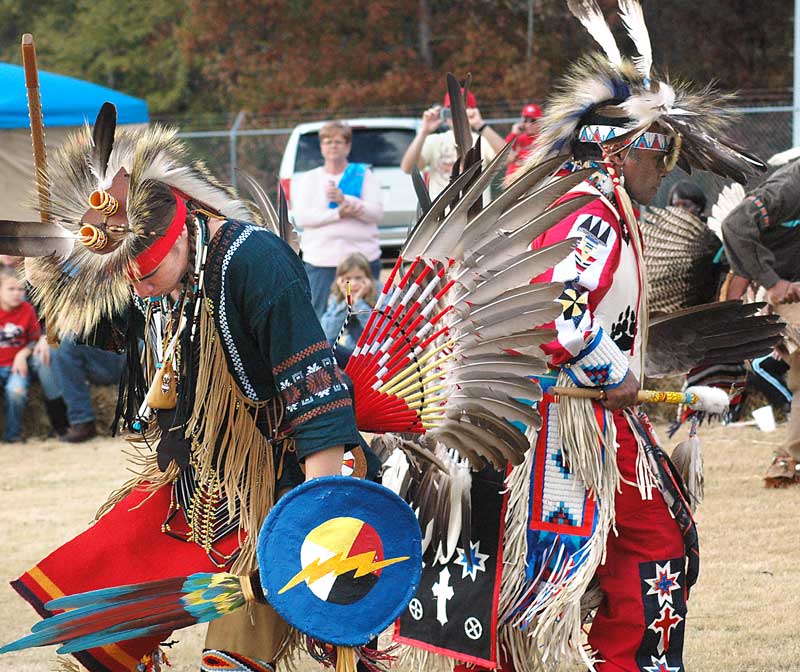
“Every year I include Native American heritage into my teachings to show all of my students various items such as, outfits, toys, drums, dance styles and music. I encourage my students to try and dance several of the Native American dance styles as well as to try to sing with the Native American drums,” said King. “My primary goal was to bring Native American dancers, singers, entertainers, and educators together for this one day to help educate the Coweta County students, parents and faculty members.”
Helping area residents learn more about the history of their county, state and nation is easily a worthwhile cause. And helping residents learn about the history of Coweta County before it was settled by people of European descent is equally worthwhile.
Perhaps some area residents do not know that Coweta County was named for a Lower Creek tribe known as the Coweta, who had several towns in and around present day Coweta. William McIntosh, whose name can be found today on roadways and other public facilities in Fayette and Coweta counties, was the tribal chieftain of the Coweta, according to the Georgia Encyclopedia.
And though the origin of its name is not easy to determine, there is significant likelihood that, in one way or another, the city of Senoia derived its name from the Creek Indians. It has been noted that Senoya was a member of the Wind Clan of the Creek Indians and was the wife of Chief McIntosh.
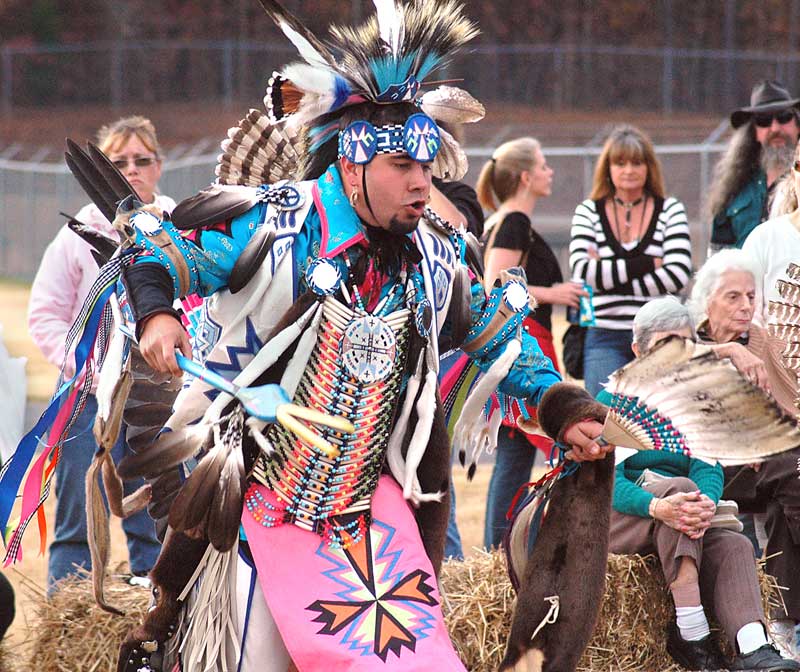







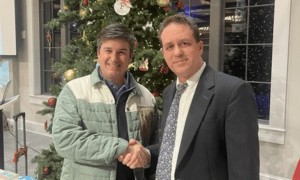
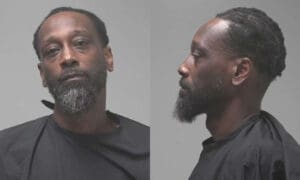
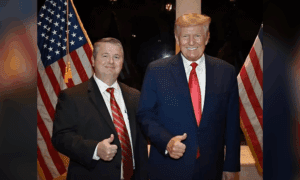


Leave a Comment
You must be logged in to post a comment.